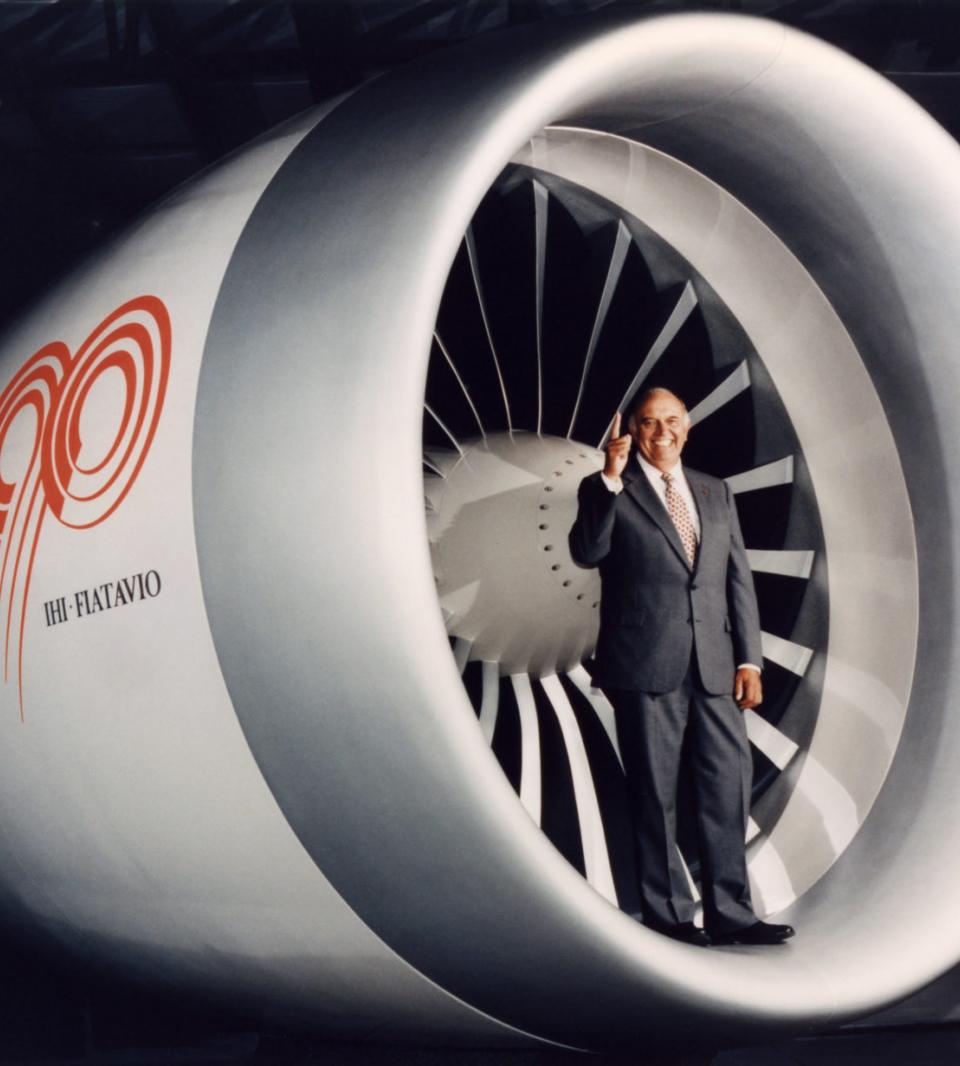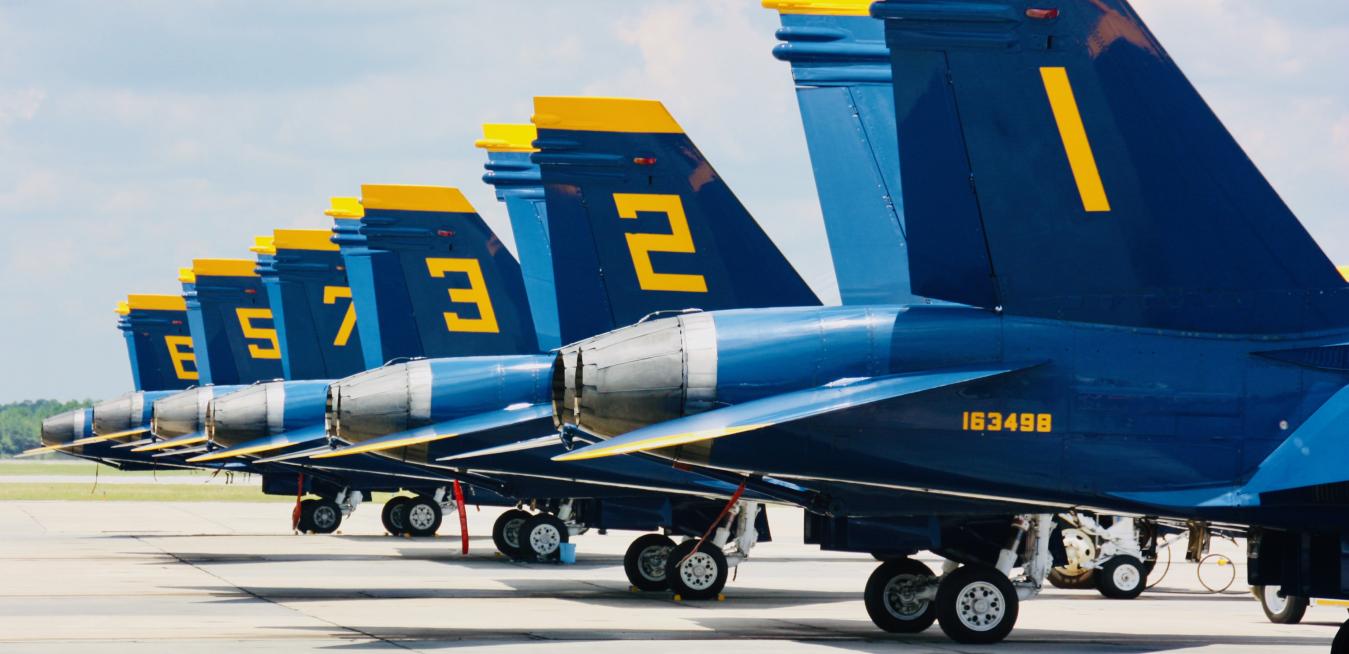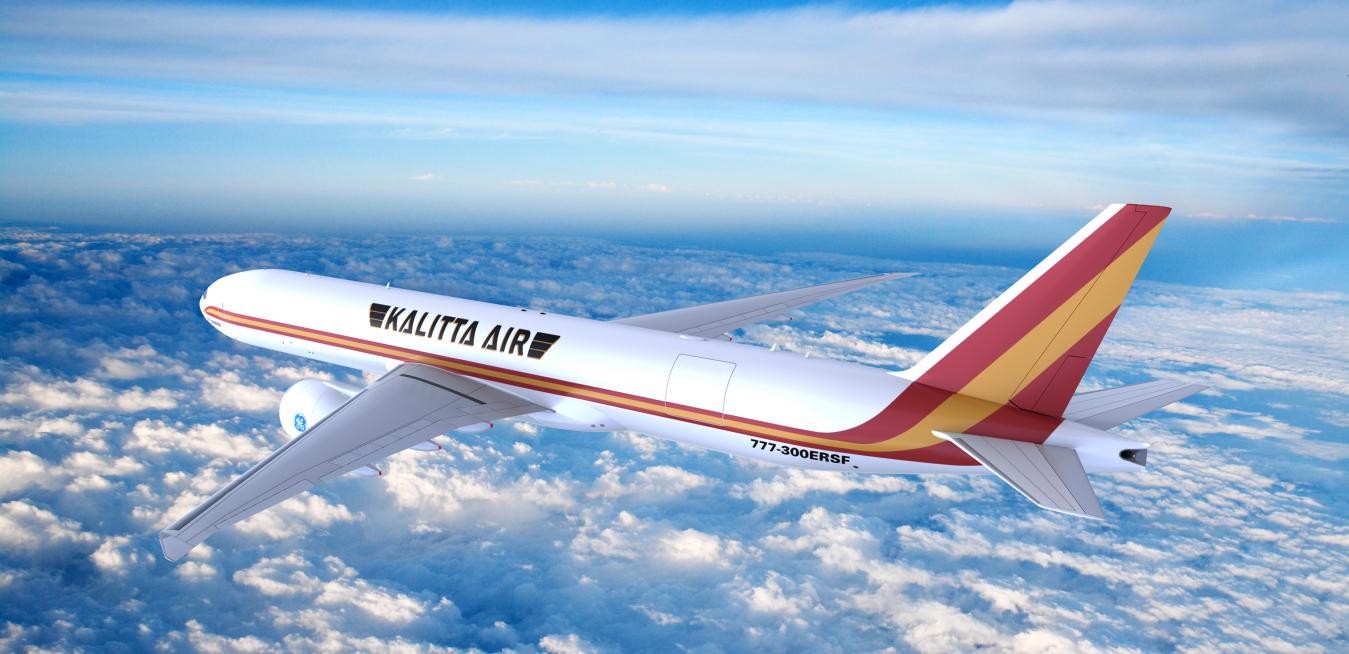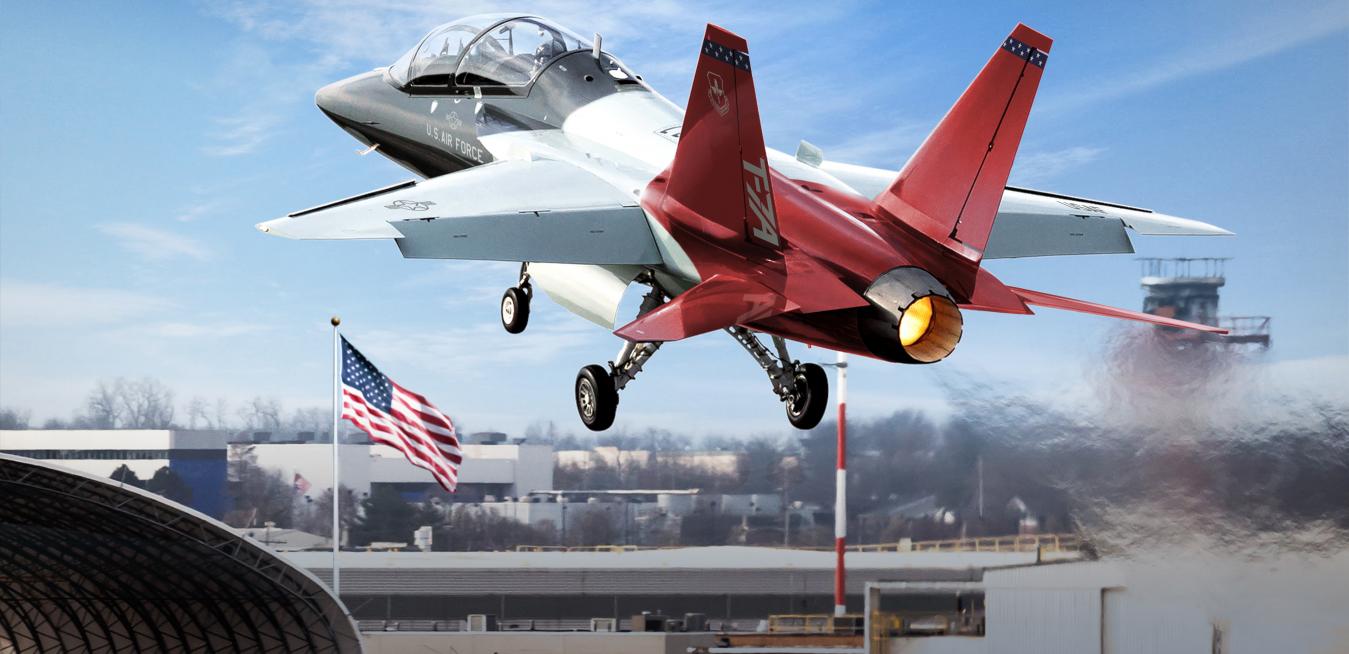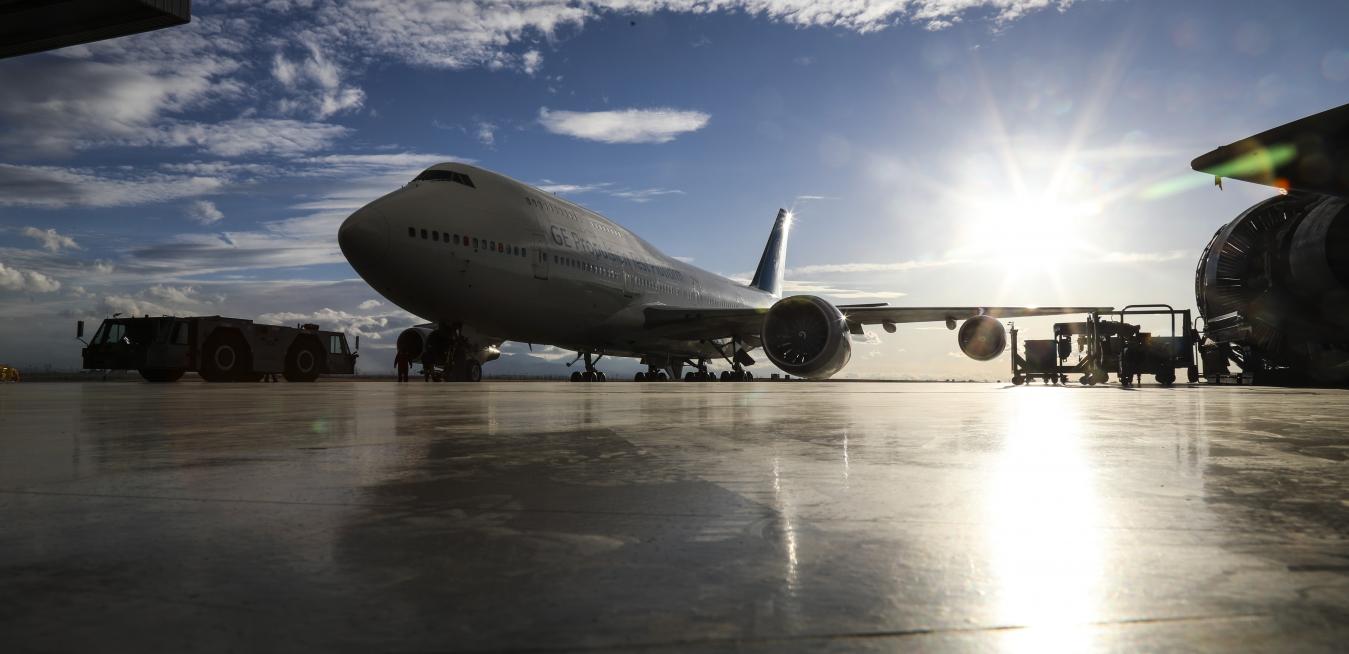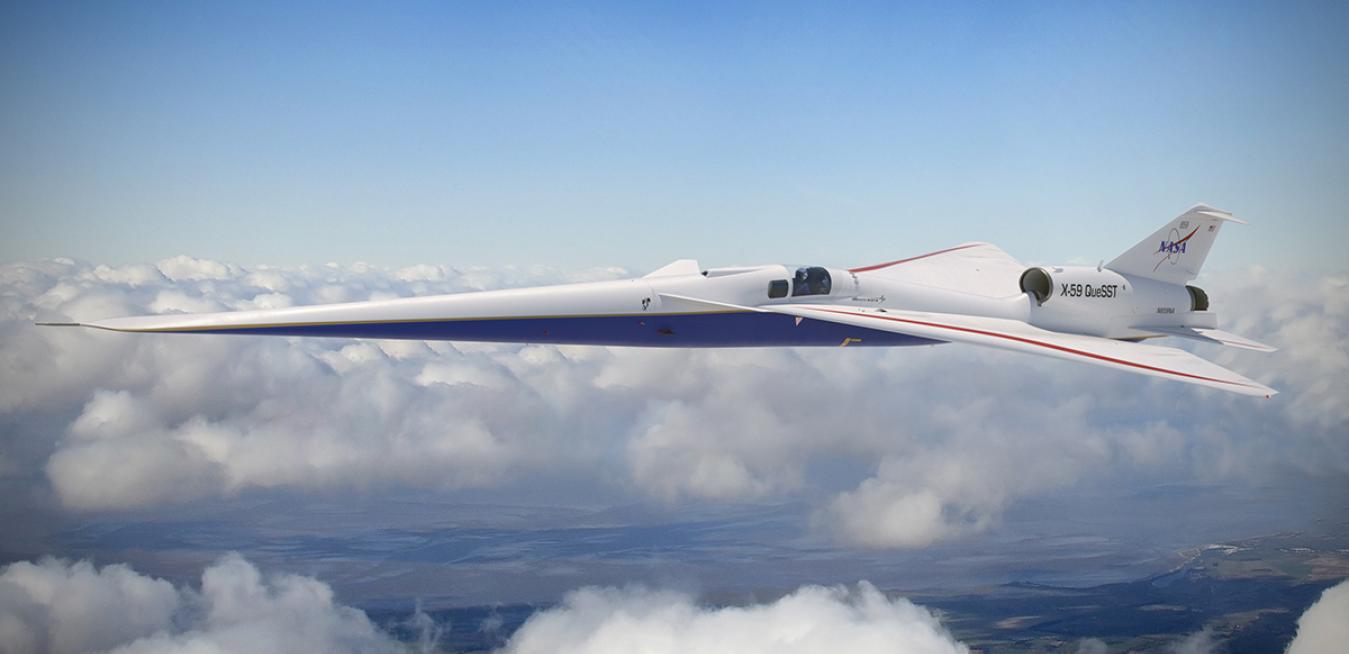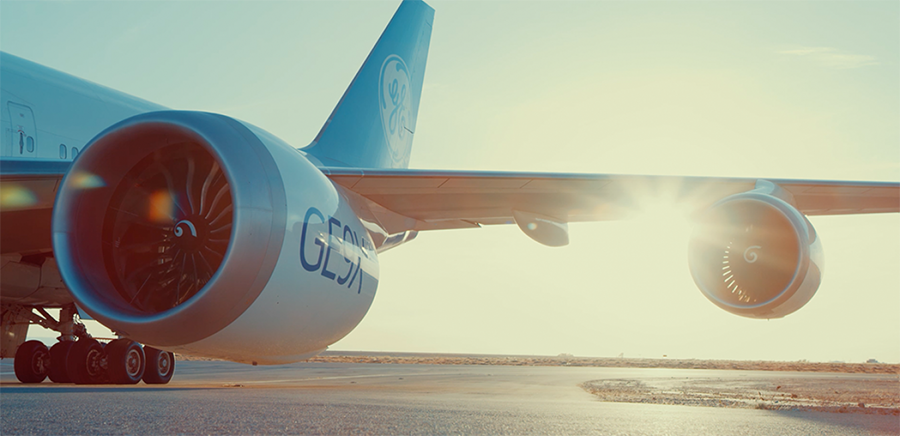Time was, it took four engines to power an aircraft on a long-distance flight — but the GE90 helped change all that. Introduced in the 1990s, the iconic engine allowed large Boeing 777 passenger jets to travel with just two engines, lowering fuel and maintenance costs and ushering in a reinvention of the logistics, economy and aesthetics of jet travel.
The U.S. Navy’s Blue Angels flight demonstration team was established with a big goal in mind: to put on a good show. The year was 1946 and, with World War II over, Chief of Naval Operations Chester Nimitz was looking for ways to maintain public interest in naval aviation. He envisioned a corps of expert pilots performing deft combat maneuvers while admiring crowds watched from the ground.
Kalitta Air is on track to be first in the air with the biggest passenger jets ever to be converted to carry cargo.
The Ypsilanti, Michigan-based freighter company agreed last month to lease three converted Boeing 777-300ERSF widebody jets from GECAS, making it the GE unit’s first customer for the jets. Kalitta is scheduled to take delivery in 2023.
Speaking at a Pentagon news conference in 1988, Assistant Secretary of Defense J. Daniel Howard famously held up a single grainy photo of a stealthy aircraft. The picture officially confirmed the existence of Lockheed Martin’s F-117A Nighthawk, a jet that was until then the subject of widespread speculation
A couple decades ago, engineers from GE Aviation canvassed customers to learn what they wanted to see in an ideal jet engine. The engineers turned up a wish list of about 300 items, with one wish firmly at the top: fuel efficiency. That’s no wonder, given that fuel accounts for close to a fifth of an airline’s operating costs. Those engineers got to work — and came up with the GE9X engine.
The Concorde completed its last transatlantic flight in 2003, but commercial aviation has been pining for a chance to rekindle the romance of flying at the speed of sound. That chance just got one step closer to reality.
In August, NASA took delivery of the first F414-GE-100 engine for its X-59 QueSST plane, a one-of-a-kind experimental aircraft that will fly faster than Mach 1 and higher than most high-performance aircraft at 55,000 feet.
Forest fires have ravaged the western United States this year and no state has had it worse than California. With hundreds of thousands of acres of forestland up in smoke and population centers from Napa Valley to Los Angeles threatened with flames, the state has been forced to call in reinforcements. 10 Tanker, an air carrier company based in New Mexico that specializes in aerial firefighting, has four DC-10 airliners in its fleet, powered by GE’s CF6 engines. The DC-10 was originally designed as a passenger jet and became a frequent sight in the sky in the 1970s and the 1980s.
The GE9X has only one fan, but that doesn’t stop it from enjoying some serious star power. When GE brought the world’s largest jet engine to the Paris Air Show in 2019, visitors to its chalet mobbed it like a Hollywood actor and just couldn’t stop taking their picture with it.
Two decades ago, GE engineers fanned out across the aviation industry, asking their customers what they wanted to see in a jet engine. The list they came back with was lengthy, comprising some 300 items, but it was topped by a simple request: fuel efficiency. Fuel costs, after all, account for close to a fifth of an airline’s operating expenses.
For decades, airlines have had an additional revenue stream: belly cargo. That open space under passengers’ feet, which can account for 20-25% of a plane’s cubic footage, doesn’t just hold checked bags. It’s also been a way for airlines to make extra money by offering excess space to customers looking to ship everything from electronics to mail.
